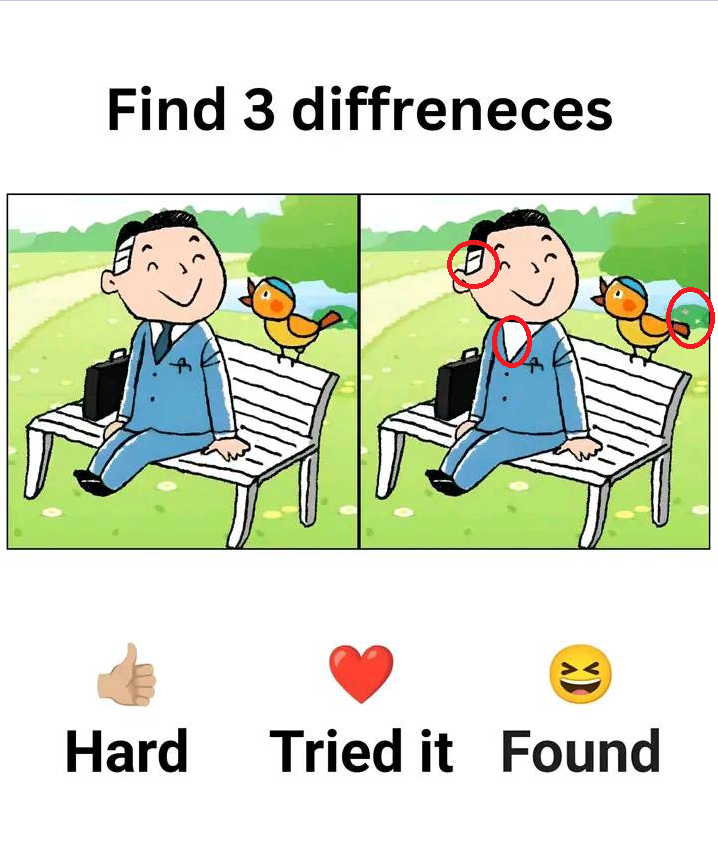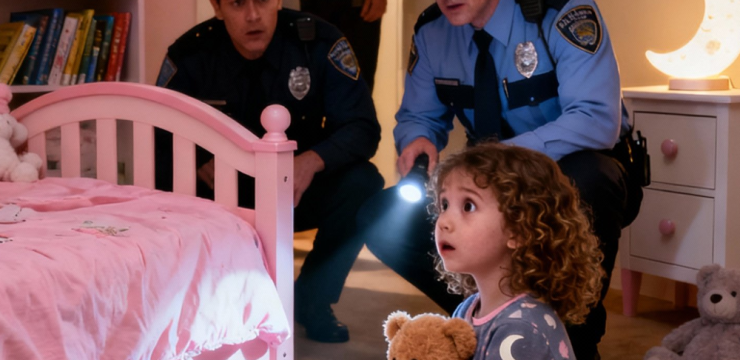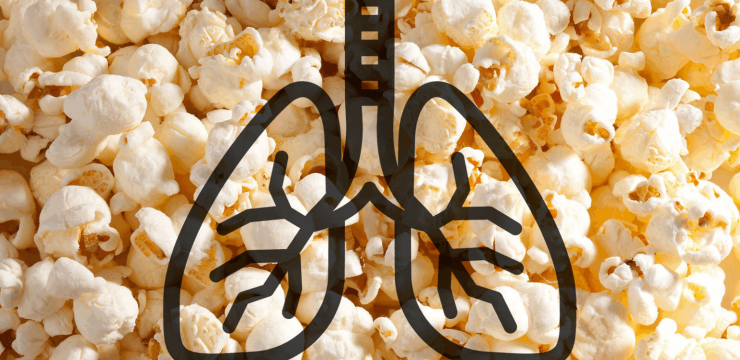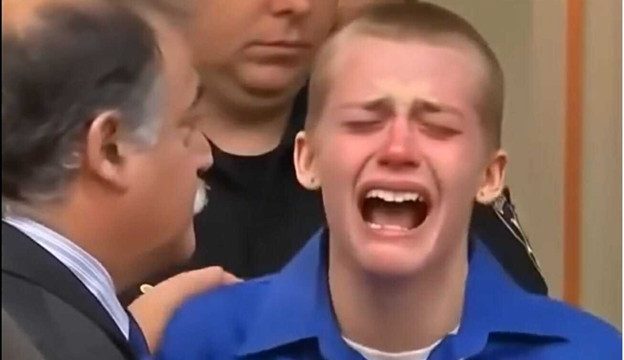Visual puzzles like “Find the Difference” aren’t just for killing time—they’re a fun way to give your brain a real workout. These games help sharpen focus, boost attention to detail, and train your brain to spot subtle changes in everyday surroundings. Today’s challenge? Take a close look at two seemingly identical images of a man sitting on a bench with a small bird by his side. Hidden within the scene are three clever differences. The goal is simple: can you spot all three before the answers are revealed?

Why Spot-the-Difference Games Are So Addictive
There’s a reason these puzzles are so engaging. They force your brain to slow down and really take in every part of a picture. In a world where we’re constantly scrolling and multitasking, this kind of focus is rare—and valuable. Spotting differences taps into our visual memory and strengthens spatial awareness. It’s like going to the gym, but for your brain.
And let’s be honest—there’s something deeply satisfying about catching a tiny detail others might miss. That “aha” moment is pure dopamine.
Why People Often Miss the Differences
Think these puzzles are easy? Think again. They’re specifically designed to trick you. Here are a few common ways your eyes and brain get fooled:
-
Your brain craves symmetry. It naturally assumes both images are the same, so it glosses over small changes.
-
You focus on the big stuff. Most people look at faces, large objects, or bright colors, while the real differences hide in the small or muted details.
-
You rush. These aren’t meant to be solved in a few seconds. Slowing down is key to success.
Even when you’re staring right at a change, your brain might convince you it’s nothing. That’s the power—and the challenge—of visual puzzles.
Step-by-Step: Solving the Puzzle
Let’s break it down. Here are the three differences between the two bench scenes:
✅ 1. The Man’s Pocket Square Disappears
Look closely at the man’s suit jacket in the left image. There’s a white pocket square peeking out of his front pocket. In the right image? It’s completely gone. This small change is easily overlooked, especially if you’re not paying attention to clothing details. But once you notice it, it jumps right out.
✅ 2. The Tie Looks Totally Different
Now check out the man’s tie. In the left image, the tie hangs straight, looking narrow and neat. In the right image, though, the tie looks shorter and wider—as if it’s been tucked in differently or drawn at a different angle. The color is the same, which is why most people miss this change. It’s a classic optical illusion trick.
✅ 3. The Bird’s Wing Vanishes
This one’s sneaky. The orange bird perched on the bench shows two wings in the left image—one tucked close and the other slightly raised. In the right image, the wing that faces the viewer is missing entirely. Since our brains tend to fill in the shapes we expect to see, this one’s easy to miss unless you’re being super observant.
Recap: The Three Differences
To sum it up, here are the changes circled in the images:
-
The pocket square on the man’s jacket disappears.
-
The shape of the man’s tie changes from narrow to wide.
-
One of the bird’s wings is missing in the second image.
Why These Puzzles Are Good for You
Besides being entertaining, these puzzles come with legit cognitive benefits. When you try to spot differences:
-
Your short-term memory is activated while comparing visual patterns.
-
Your brain becomes more skilled at noticing small details others miss.
-
You boost problem-solving ability without even realizing it.
It’s not just a fun game—it’s a mini brain-training session. Plus, it’s incredibly satisfying to get all the answers right, especially when others can’t.
Challenge Your Friends
Want to make things more interesting? Share the image with your friends or family and challenge them to find the differences without giving away the answers. Ask them:
-
Can you spot all three without zooming in?
-
How long did it take you?
-
Which difference was the trickiest?
Not only does it make for a fun, low-stakes competition, but it also gets everyone’s brain working. It’s a great way to start a conversation and bond over a shared puzzle.
Final Thoughts: Keep Training Your Brain
The more you do puzzles like these, the better you get at them—and the sharper your observational skills become in everyday life. Spotting three small changes might seem like no big deal, but it teaches your brain to be more aware and less trusting of assumptions. That kind of mental training pays off in everything from work tasks to noticing real-world inconsistencies.

To recap, the correct answers were:
-
The missing pocket square.
-
The altered tie shape.
-
The disappearing bird wing.
Keep testing your eyes and your mind. Who knows? The next puzzle might just stump you—or help you see the world a little differently. Ready for your next challenge? Let’s keep the brain games going. 👀🧠🧩





